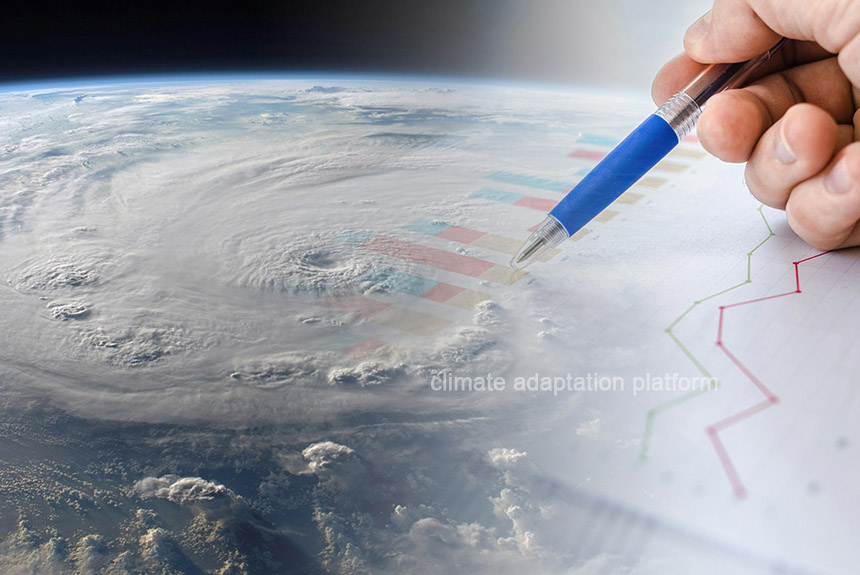The effects of climate change continue to wreak havoc on people’s lives – deaths, damage or loss of property and resources, especially those at the forefront. Considering these impacts, there are calls for increased funding for climate adaptation to lower or manage these risks.
However, the question remains: what climate adaptation is needed? Will solutions come from these communities with first-hand experience of climate change effects or new and transformative solutions, or will they combine the two?
According to a new study led by Washington State University, to understand what makes climate adaptation effective, researchers, organisations, and policymakers need to look at the interplay between the characteristics of climate variability and the climate change adaptations people have used successfully in the past and present.
WSU-led research draws on the expertise of climate and social scientists to show how data on climate events, such as droughts, can be used to study the effectiveness of various human responses.
The study draws on past and present data from human communities. It reviews how features of climate variability – temporal autocorrelation, frequency, and severity, can predict the climate adaptation or human response communities adopt.
The study notes, “Using a case study of climate and remittances in Africa, we outline how researchers can characterise features of climate data relevant to adaptation—autocorrelation, frequency, and severity—and then qualitatively compare these data to candidate adaptations. We include suggestions for how to involve communities in these explorations, from setting climate thresholds to identifying impactful hazards. By better understanding the relationship between climate variability and common solutions used by communities, researchers and policymakers can better support communities as they adapt to contemporary climate change.”
“Our framework enables researchers across many fields to better study the relationship between characteristics of climate and adaptation, including which adaptations emerge under which conditions”, says Anne Pisor, lead researcher and a WSU associate professor of anthropology (Ferguson, 2024).
However, when it comes to what climate adaptation works, Pisor acknowledges that communities who have first-hand experience of climate events often know what solutions work and which don’t, so meaningful engagement with them will allow scientists and policymakers to support these communities better.
Source:
Ferguson, W. (2024, January 10). Guide on how to use climate data to inform human adaptation. WSU Insider. Retrieved from https://news.wsu.edu/news/2024/01/10/guide-on-how-to-use-climate-data-to-inform-human-adaptation/
Pisor, A. C., Touma, D., Singh, D., & Jones, J. H. (2023). To understand climate change adaptation, we must characterise climate variability: Here’s how. One Earth, 6(12), 1665-1676. https://doi.org/10.1016/j.oneear.2023.11.005



Leave a Reply